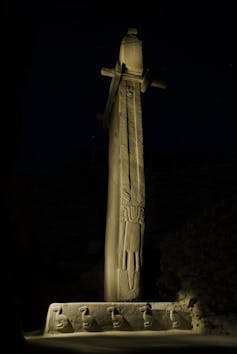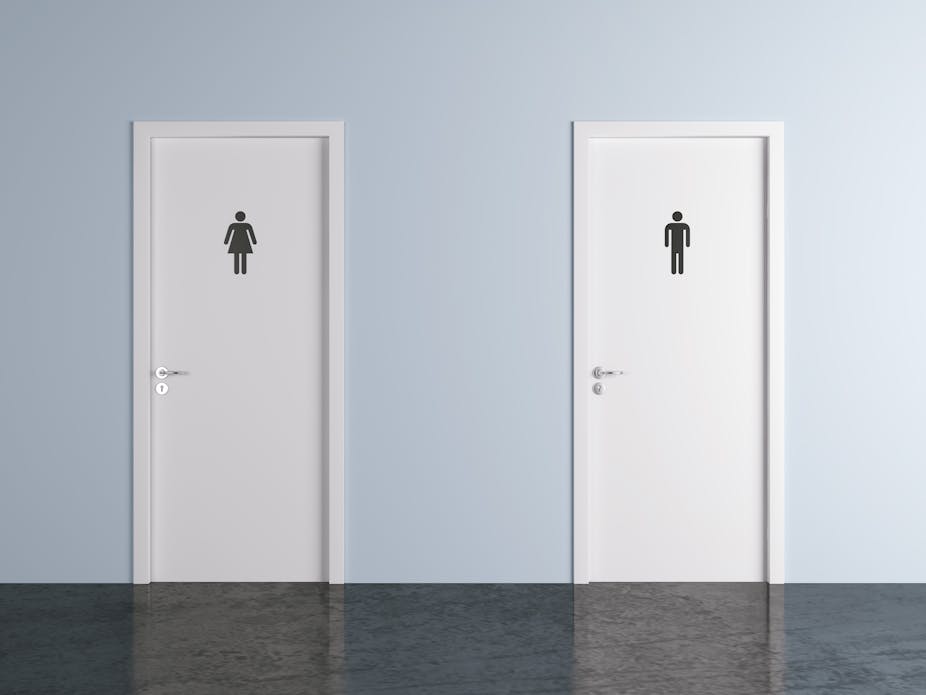A recent advert by sanitary product manufacturer Always asks us to think harder about the term “like a girl” by asking young adults and teenagers to run, throw or fight “like a girl”. Without thinking, regardless of gender, they run with flailed arms, fight doggy paddle style, and pretend to throw pathetically. When asked the same question, young girls run like themselves – active running, real throwing, and packing punches you wouldn’t want to be on the receiving end of.
While the advert is ultimately about marketing and designed to improve brand image, it nevertheless asks us to consider when the phrase “like a girl” becomes an insult, asks us why there’s such a noticeable drop in confidence as girls hit puberty. And it asks us why being “like a girl” is demeaning. Such attitudes undoubtedly contribute to the perpetual inequalities we know are still faced around gender equity, whether in education, employment, or wages.
What does this have to do with archaeology? The past is frequently used, consciously and unconsciously, to reinforce what we consider to be normal. And the idea of fixed genders with their associated roles and identities is especially true of this. Archaeological material has frequently been used to reinforce these ideas about gender – and it’s not far from this to “like a girl”.
But considering archaeological evidence from another angle, it becomes apparent that our expectations of gender roles can be problematic. In ancient terms, our gender divides are far from universal. It is not the experience everywhere that gender falls neatly into binary categories of male or female; that is, into being either male or female, with nothing in between. In fact, the evidence suggests that much of what we perceive as core components of our identity were not significant categorising factors in the past. Rather, we see ambiguities in identities repeatedly represented in the material culture from archaeological sites.
It’s often the case that the material is difficult to define or pigeon hole. Take, for instance, the stone monoliths from the site of Göbekli Tepe in Southeast Turkey. These shrine areas containing huge monoliths were constructed around 6,000 years or more before Stonehenge. The great pillar structures have traditionally been interpreted as representing male, phallic imagery.

I would argue that this is by no means the case. As well as being impressive in their scale, many have been carved with additional features such as arms, hands and loincloths or belts. They are clearly ambiguous in their nature, neither human nor stone. We know the sculptors clearly had the skills to create naturalistic carvings, but they deliberately chose to make these different, ambiguous, crossing between one type of being and another. This says less about gender, and more about the fluid conception these ancestors had about the universe.
Similar issues are frequently encountered. In clay figurines, for example. Clear gender categories are found in some material, but there are others which are difficult to define. From the Neolithic of the Middle East, my region/period of study, the vast majority of human figurines don’t portray either male or female features. Many figurines actually combine male and female characteristics into single figurines, or appear either male or female when viewed from different angles. Our categories of male and female just don’t work when analysing them. This is something which is now being recognised by archaeologists – our understanding is blinkered by our own perspectives of gender categorisation, and this will have determined our analysis to some extent.
Because of this, male imagery is traditionally thought to indicate themes of dominance and females are ascribed to domestic spheres. But the archaeology of the Late Neolithic of the Middle East – the roots of our own civilisation – doesn’t suggest much evidence for very differential labour roles or treatment. As has been demonstrated by a team of experts at Çatalhöyük, women and men spent comparable periods of time within the house, ate the same diets, engaged in comparable tasks (leaving skeletal markers on bones) and were buried in the same ways.
And at a site called Domuztepe, a feature called the Death Pit was found which contained the remains of around 40 people who had been specially treated after death and the focus of funerary feasts. No observable difference in the treatment of males or females was discernible. And this pattern is repeated in various mortuary assemblages, such as in the phenomena of plastering skulls dating to a couple of millennia earlier. This was a practice previously thought to be unique to males, but it’s now recognised that comparable numbers of men and women were treated this way.
So there are numerous examples of apparent gender equity, as well as examples of more ambiguous third gender representation. Most skeletal collections contain a proportion which are not easy to categorise as male or female. This raises issues for the historical basis of our understandings of gender, gender roles and identities.
As recent news stories demonstrate, there is growing recognition of the problematic nature of strictly binary gender categories, including the acceptance of third gender pupils in schools in India, or on changes in law in Germany to include a third gender category on birth certificates.
But many countries still insist on pigeonholing children into narrow identity confines. Perhaps history and archaeology could be used to support rather than undermine minorities, for once.
We need to challenge what it is to be “like a girl”, where these ideas came from and how they have proliferated. If our gender categories and the identities they promote are problematic, then biases and inequality based on these differences become even more flawed. We need to talk about all these issues, and particularly interrogate the well worn narratives that are used to support these ideas. Archaeology is no bad place to start.

